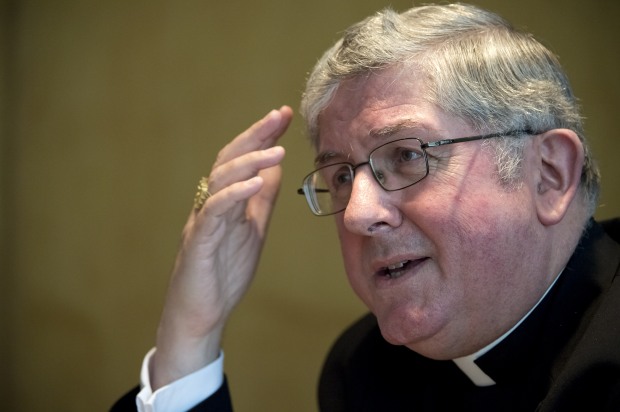Some of the sharpest commentary on the current debate over Ontario’s anti-bullying law comes from the National Post‘s Kelly McParland.
“One of the classic episodes
from the Seinfeld comedy series was one in which Jerry and George are
mistakenly identified as gay and try to convince a reporter it’s not
true, couching each denial with the line “not that there’s anything
wrong with that” as insurance against accusations of homophobia.
It was a hit because it managed to make both sides of the argument
look ridiculous. Overwrought homophobia was lampooned at the same time
the show skewered simple-minded political correctness. Too bad people in
the Ontario education community don’t watch TV, because leaders in both
the Roman Catholic church and the Ontario Education Ministry are in the
process of making themselves look silly in a confrontation of
Seinfeldian proportions.
As the article points out, the issue is serious, but the terms are becoming a little absurd. Cardinal Tom Collins, Catholic archbishop of Toronto, wants the word gay out of “gay-straight alliances” and is heading a debate over it, stalling the law. And the government insists on exactly this wording.

Cardinal Tom Collins, Catholic archbishop of Toronto.
In the article, McParland has something to say about both sides: the Catholic church needs to be straightforward (no pun intended) about where it stands on the LGBTQ issue, while the Ontario government should be concerned about bullying at large and not mandating specific language for clubs/alliances.
While I personally think the word gay should appear, since in this case we’re talking about an alliance for LGBTQ youth, I’m also beginning to wonder if we’re not taking the bullying law too far into the sexuality realm. Other categories of kids get bullied too: overweight, unattractive, different, whatever. We never hear about them! I remember when I was in high school and they were the ones everyone picked on.
It seems to me that a truth is coming to the surface: kids bully kids who are different (including queer, but not only), while adults bully kids who don’t fit with their religious and political points of view. That’s a bit simplistic, maybe — but how else do you explain that the entire debate on bullying (which is vast) is so utterly focused on queer youth? And who is fighting this out, if not us, the adults?
What a great example we’re setting on tolerance, negotiation and compassion.
 Why you can trust Xtra
Why you can trust Xtra


